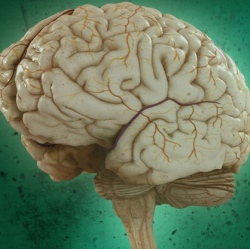
UK and Singapore researchers have simulated neural networks and synapses in the brain using optical pulses as information carriers over fibers made from light-sensitive chalcogenide glass. The research has the potential to allow faster and smarter optical neuromorphic (brain-like) computers capable of learning, the researchers say.
Compared to biological systems, today’s computers are “up to a billion times less efficient, simulating 5 seconds of brain activity takes 500 seconds and needs 1.4 MW of power,” they note. The researchers, from the Optoelectronics Research Centre (ORC) at the University of Southampton, UK, and Centre for Disruptive Photonic Technologies (CDPT) at Nanyang Technological University (NTU), Singapore, developed a proof-of-concept system that demonstrated optical equivalents of brain functions.
These include holding a neural resting state and simulating the changes in electrical activity in a nerve cell as it is stimulated. The changing properties of the glass act as the varying electrical activity in a nerve cell, and light provides the stimulus to change these properties. This enables switching a light signal, the equivalent to a nerve cell firing.
The research paves the way for scalable brain-like computing systems that enable “photonic neurons” with ultrafast signal transmission speeds, higher bandwidth, and lower power consumption than their biological and electronic counterparts, including “non-Boolean computing and decision-making paradigms that mimic brain functionalities,” the researchers say.
